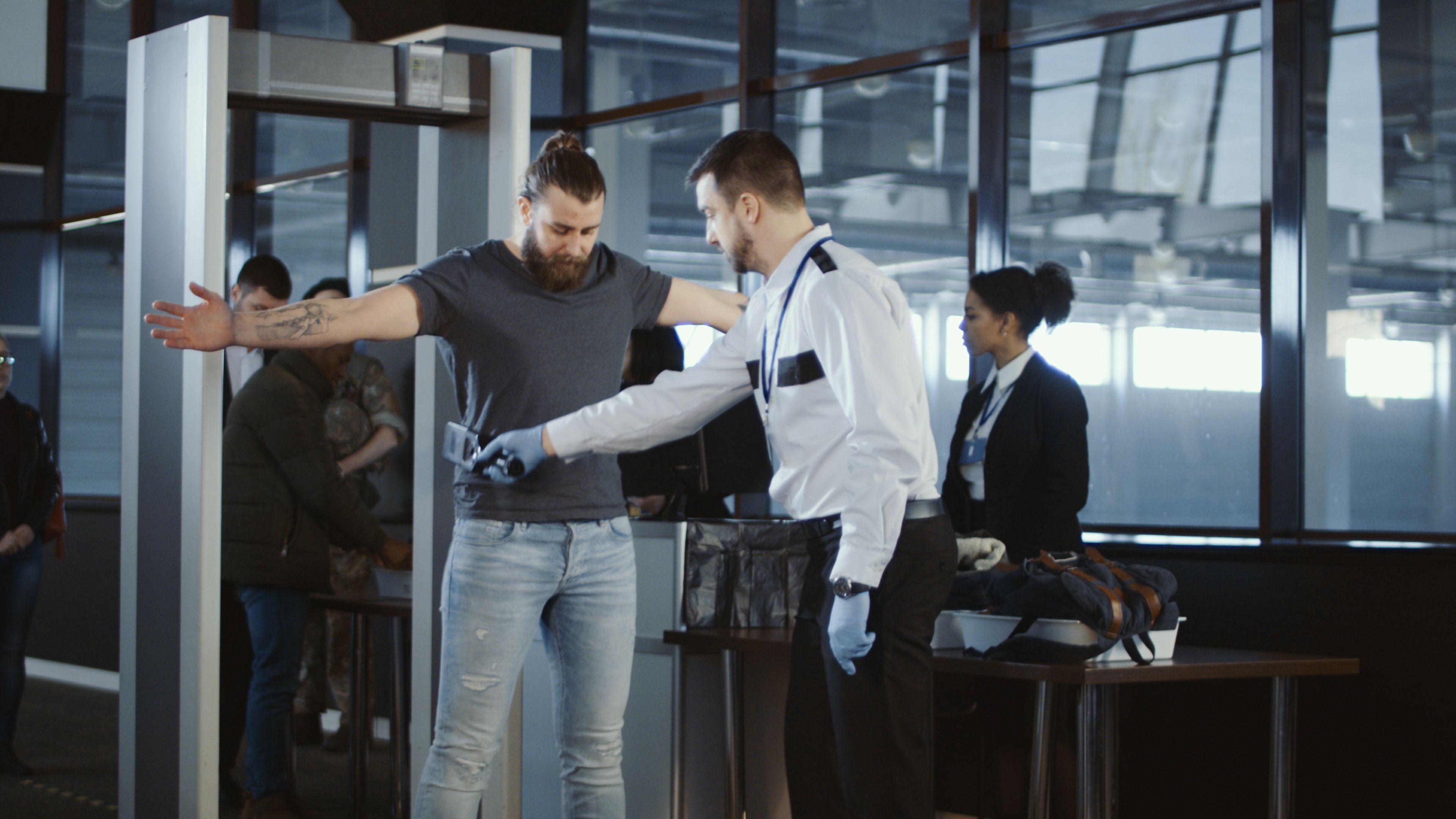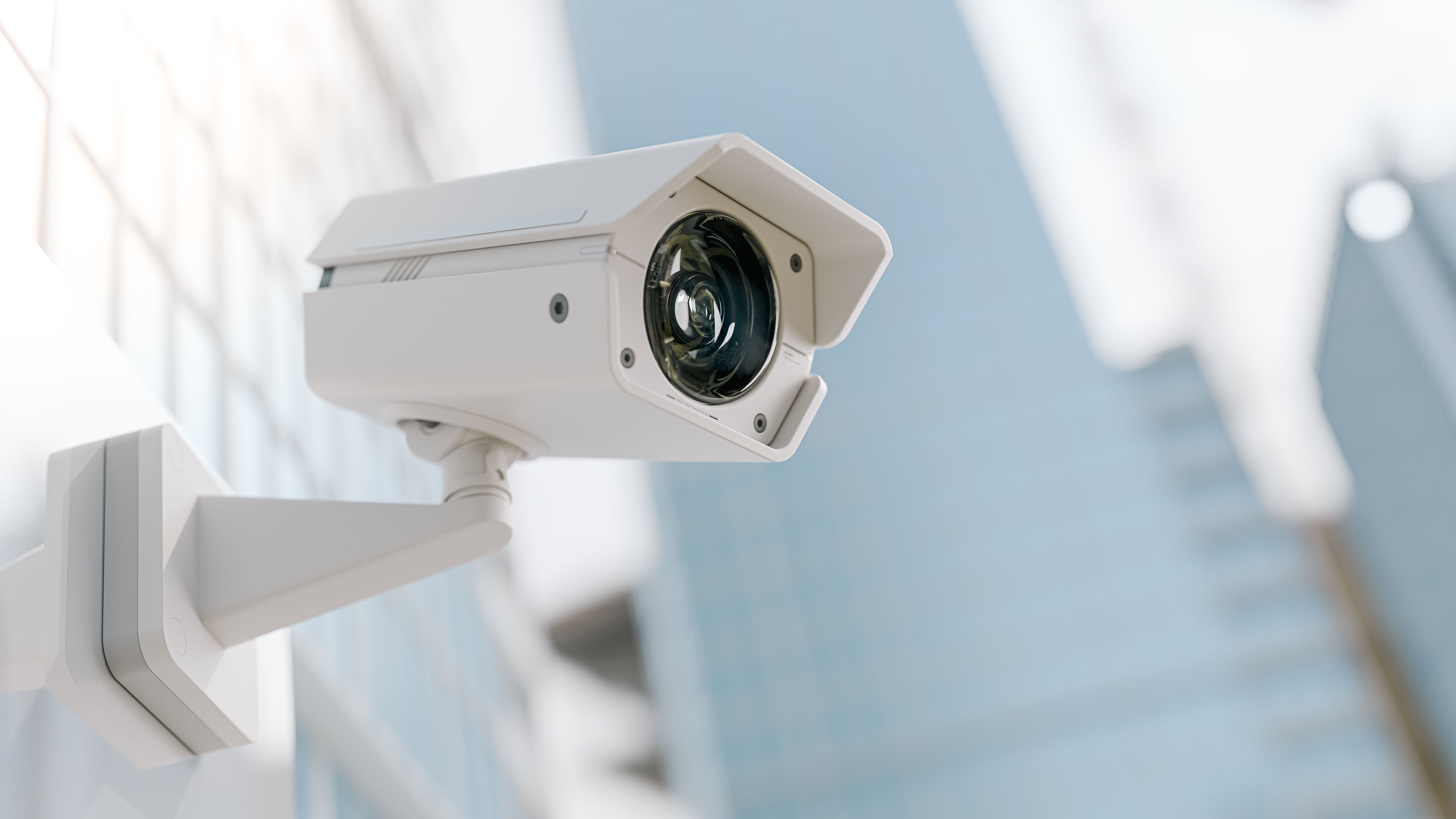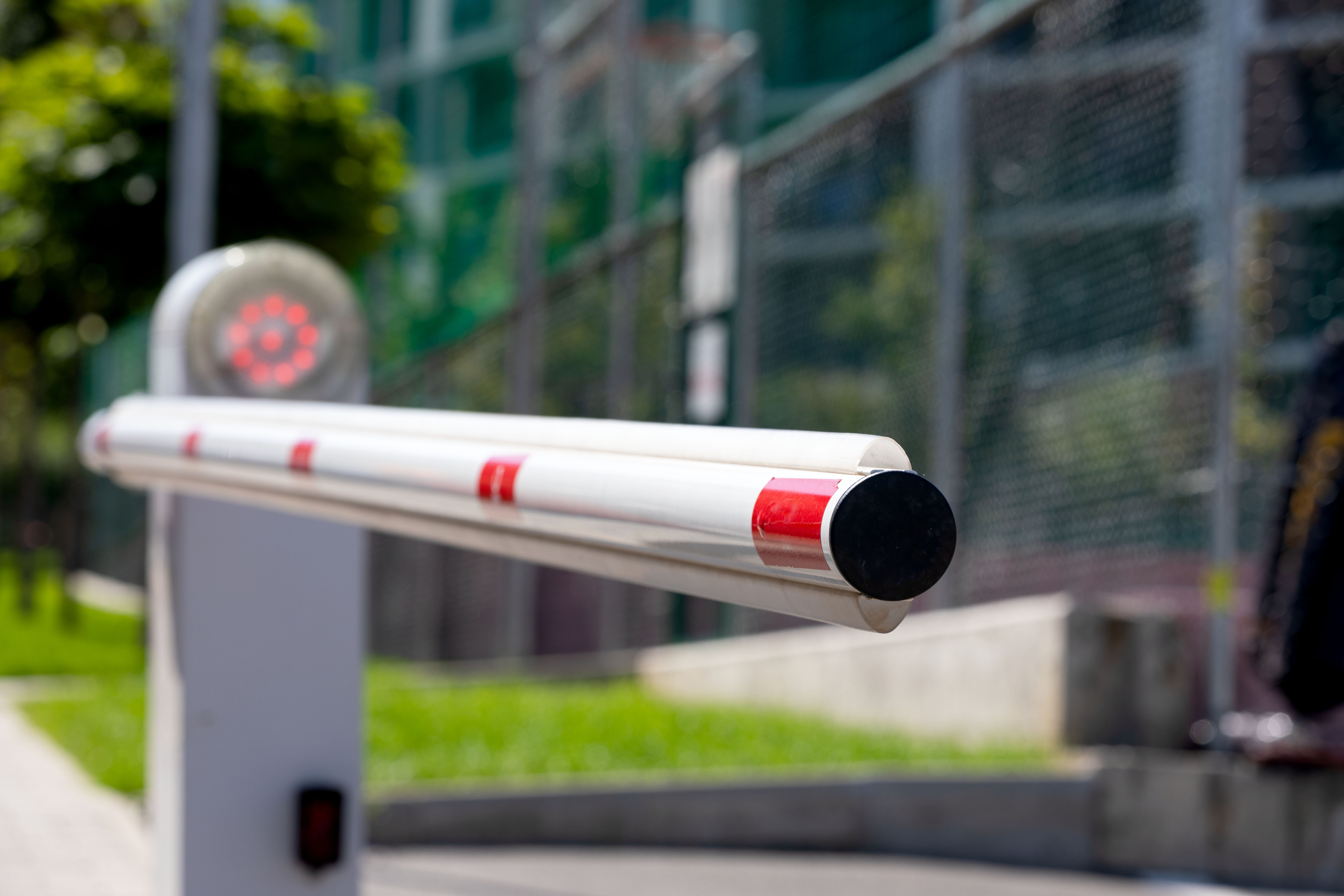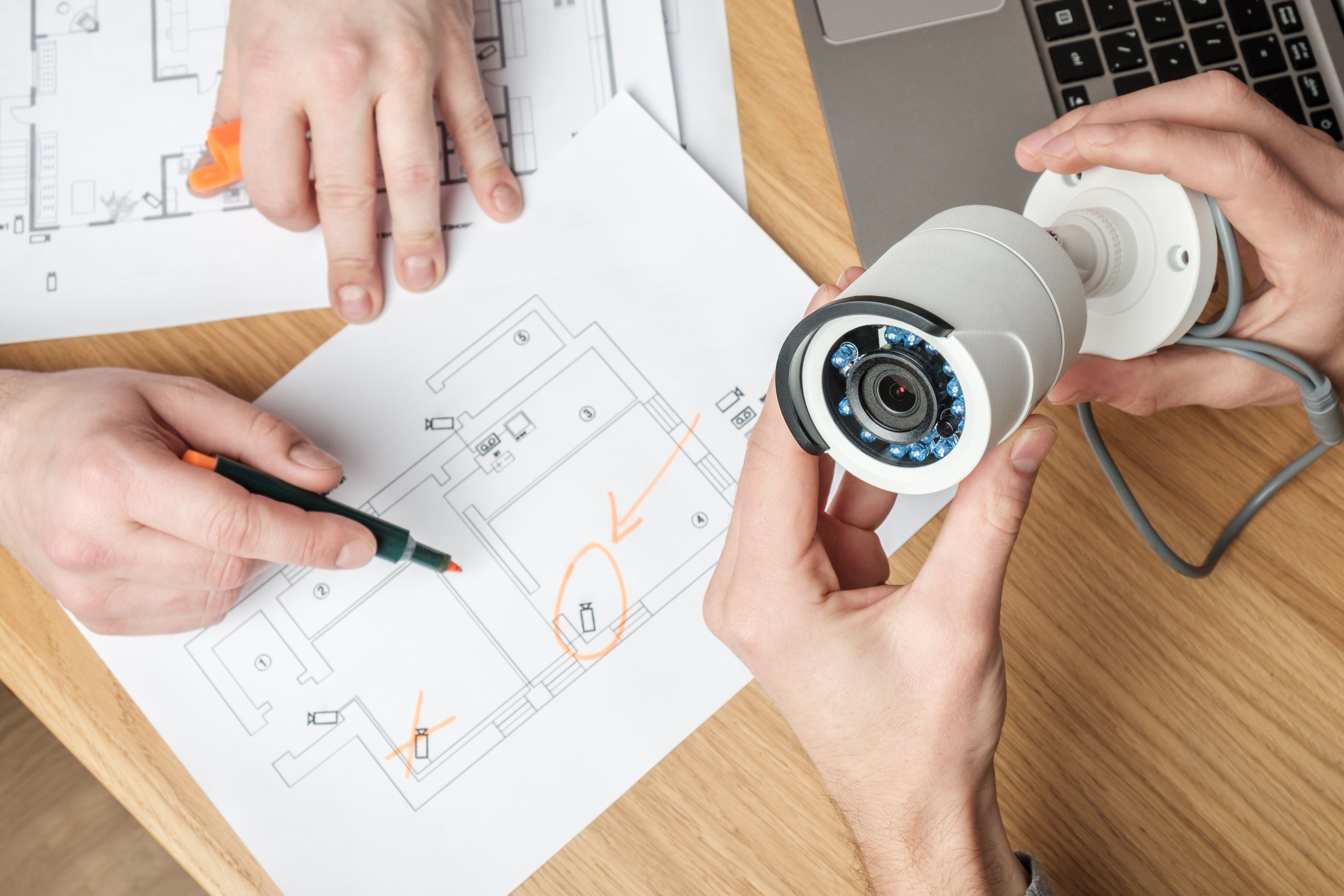Mastering the 5 D's of Physical Security with Global Intel Service
Understanding the Importance of Physical Security
In today's world, ensuring the safety and security of physical spaces is paramount. Whether you're safeguarding a corporate office, a retail store, or a residential area, mastering the basics of physical security is crucial. Global Intel Service offers insights into the essential components known as the 5 D's of Physical Security. These principles help in creating a robust security framework that deters potential threats and protects valuable assets.

Deter: The First Line of Defense
Deterrence is about preventing unauthorized access through visible and psychological barriers. The idea is to make potential intruders think twice before attempting a breach. This can be achieved with measures such as security signage, lighting, and visible surveillance cameras. By establishing a strong deterrent, you can often prevent security incidents before they occur.
Deny: Restricting Access to Critical Areas
Denying access involves creating physical barriers that prevent unauthorized entry. This could include locked doors, fences, and gates. Using access control systems like keycards and biometric scanners can further enhance this layer of security. By effectively denying access to critical areas, you ensure that only authorized personnel can enter sensitive locations.

Detect: Identifying Intrusions Early
Detection is about identifying unauthorized access attempts as soon as they occur. This involves the use of alarms, motion detectors, and surveillance systems. Early detection allows for a swift response, minimizing potential damage or theft. Having an efficient monitoring system in place can make all the difference in maintaining a secure environment.
Delay: Slowing Down Intruders
Once an intrusion has been detected, delaying the intruder's progress gives security personnel time to respond. Reinforced doors, locks, and barriers can slow down unauthorized individuals, making it more difficult for them to reach their target quickly. This delay is crucial in ensuring that security teams can take appropriate action to neutralize the threat.

Defend: Responding to Threats Effectively
The final D is about defending against threats once they have been identified. This involves having trained security personnel ready to respond and resolve the situation. Effective communication systems and protocols ensure that information is relayed quickly and accurately, allowing for a coordinated response. The goal is to neutralize threats with minimal disruption to normal operations.
Implementing a Comprehensive Security Plan
By mastering the 5 D's of Physical Security, organizations can create a comprehensive security plan that addresses various potential threats. Each component plays a critical role in ensuring safety and security across different environments. Global Intel Service provides expert guidance and solutions tailored to your specific needs, helping you implement these principles effectively.
Investing in physical security not only protects assets but also enhances peace of mind for employees, customers, and stakeholders. With a well-rounded approach, you can ensure that your space remains secure against any potential risks or intrusions.

